15 helpful ways to get your dog to come back to you on off leash walks
Get your pup to come back to you on off leash walks with these simple tips from an expert behaviorist

We’ve all been there. You let your canine companion off leash while you’re out on a walk only to find that they refuse to come back to you when you call them! It’s a frustrating predicament but thankfully, one that’s easily solved with time, patience and consistency.
While arming yourself with the best dog treats is certainly helpful when you’re out on a walk with your dog, using food as a positive reinforcement tool when it comes to recall won’t work for all dogs. That’s where having plenty of other tips and tricks up your sleeve can come in handy.
According to canine behaviorist Caroline Wilkinson, there could be many possible reasons why your dog’s recall isn’t reliable, but distractions in the environment and not making coming back to you a rewarding experience are often top of the list.
The good news is that all dogs can be taught to come back to you when asked. Below, Wilkinson shares her top tips for building a rock-solid recall when you and your pup are enjoying an off-leash walk. Here’s what she had to say…
1. Start your recall training at home
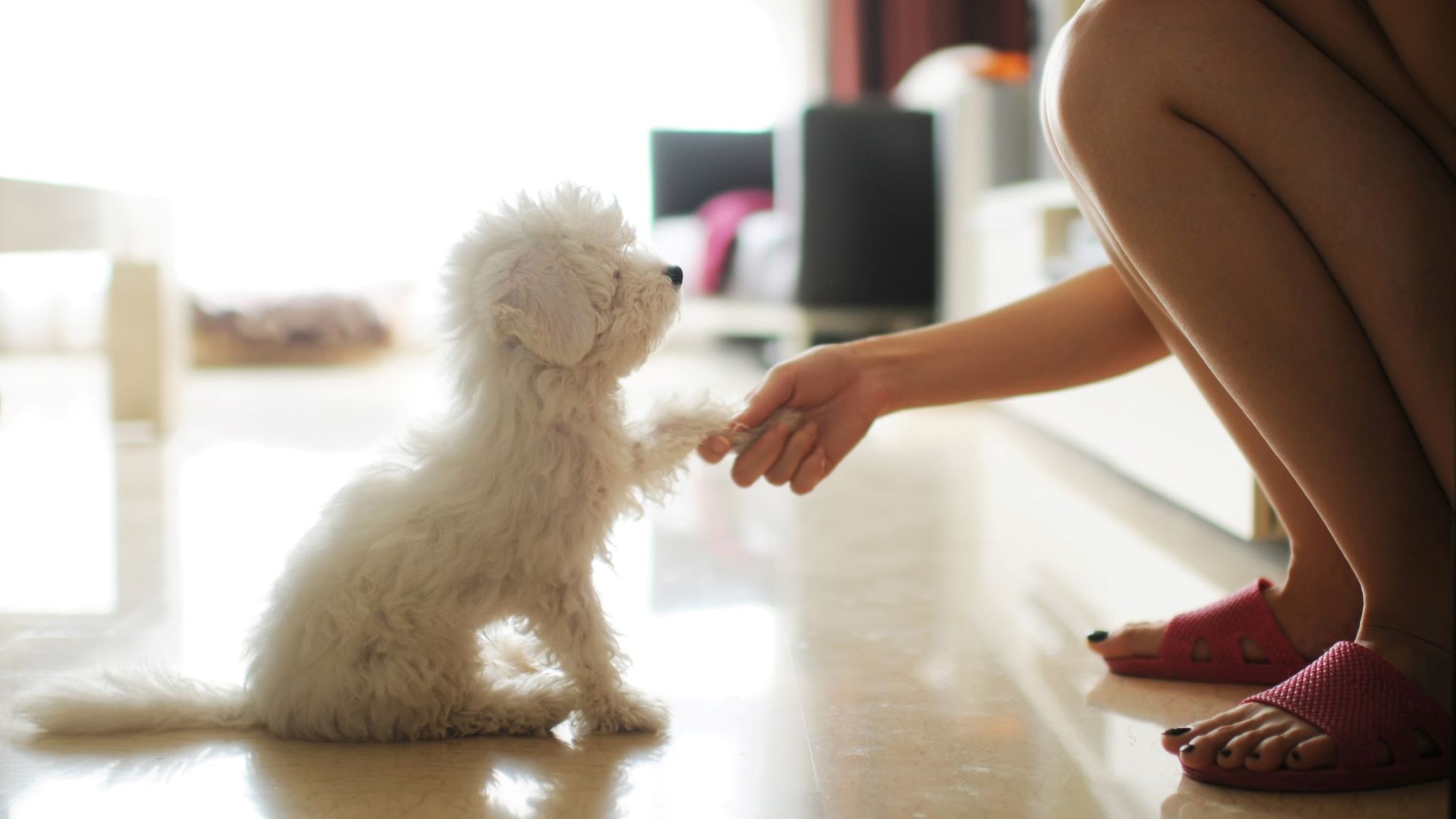
Begin training in a quiet and familiar indoors environment with minimal distractions - your hallway is a great place to start! This allows your dog to focus on the training process without being overwhelmed. When your dog learns new games at home first, such as how to instantly respond to their name, they're more likely to be able to do this eventually outside.
2. Keep training sessions short
The most effective learning happens in short training sessions. Play your recall games for 3-5 minutes a couple of times a day to build up a solid foundation of focus from your dog. If your dog is finding an exercise difficult - either because they don’t know what is expected or they’re not getting their reward quickly enough - then you can end up with frustrated responses such as jumping up at you. Breaks during the learning process have been proven to be useful in many species, including our dogs.
3. Choose the right space to walk your dog!
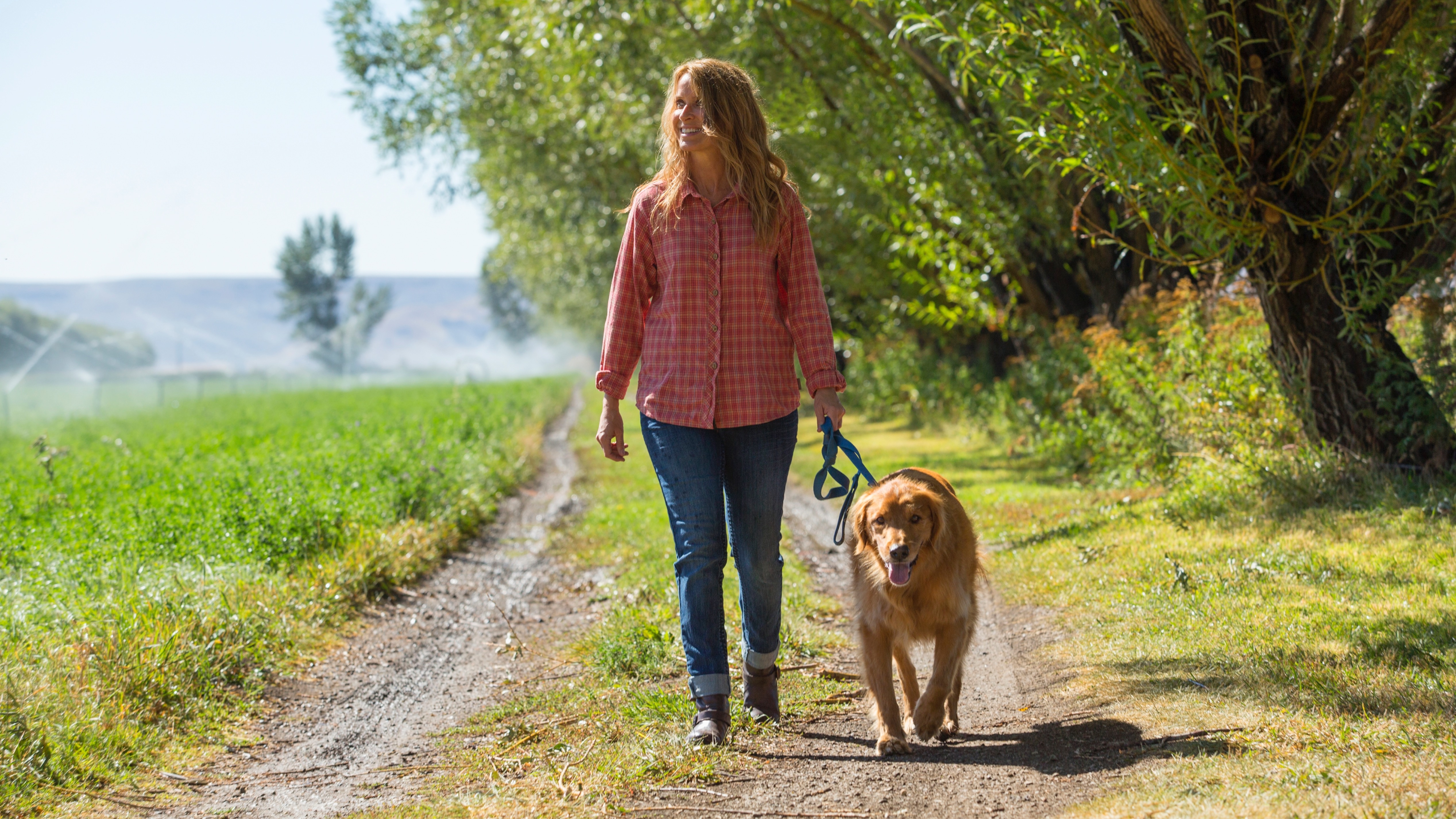
Distracted, over-excited, or scared dogs will not be able to take on any new information so learning won’t happen. Heading into the middle of a busy dog park will set you up for failure when it comes to teaching recall.
Get the best advice, tips and top tech for your beloved Pets
Initially, choose training environments with minimal distractions. As your dog progresses, gradually introduce distractions such as other dogs or wildlife. If your dog finds certain distractions scary - such as traffic, dogs, or people - then seek out the help of a force-free behaviorist to support your progress.
Before you do that, check out our guide to how to spot dog trainer red flags to ensure you're working with a qualified professional who uses positive training methods.
4. Make sure the reward you’re using works for YOUR dog
Positive reinforcement for dogs will look different for every pup. While one dog might love a bit of cooked turkey as a treat, another may find a squeaky ball the only thing that works as a reward.
Offer tasty treats or use toys that your dog finds highly rewarding. This creates a positive association with coming when called and motivates your dog to respond.
If you’re not sure what your dog loves the most, try offering different food or toy choices at the same time (laid on the floor or in sections of a muffin tray) and see which they choose to eat or play with first.
5. Always reward your dog

You might be wondering how long you’ll need to keep on taking those treats or toys with you on walks. If you still are finding it difficult to get your dog back to you, then now is not the time to stop! Always reward your dog with treats or playtime, alongside lots of verbal praise, when they come to you after being called. This reinforces the desired behavior and encourages them to repeat it.
6. Use a clicker
A clicker is a tool used by dog trainers to mark the moment a dog performs the desired behavior. So, when we’re talking about recall - the ‘click’ would be heard when the dog starts to move towards you’ve asked them to. A clicker is a small, plastic box that either has a button on it or a metal tongue that you press to make the ‘click’ sound. This sound can be paired with food to tell your dog not only that you’re happy with them, but also the precise moment that earned them the reward.
It can be really useful as it sounds consistently rewarding to the dog no matter who is using it and what mood they are in! If you’re looking to use a clicker during your recall training, think of it as the shutter of a camera - you want to capture the moment your dog starts to recall towards you, pressing that button to take a virtual photo of the behavior.
And if you're looking for more information, I tried clicker training with my spaniel and had a breakthrough moment details one pet parent's journey with using this method.
7. Use a consistent recall cue
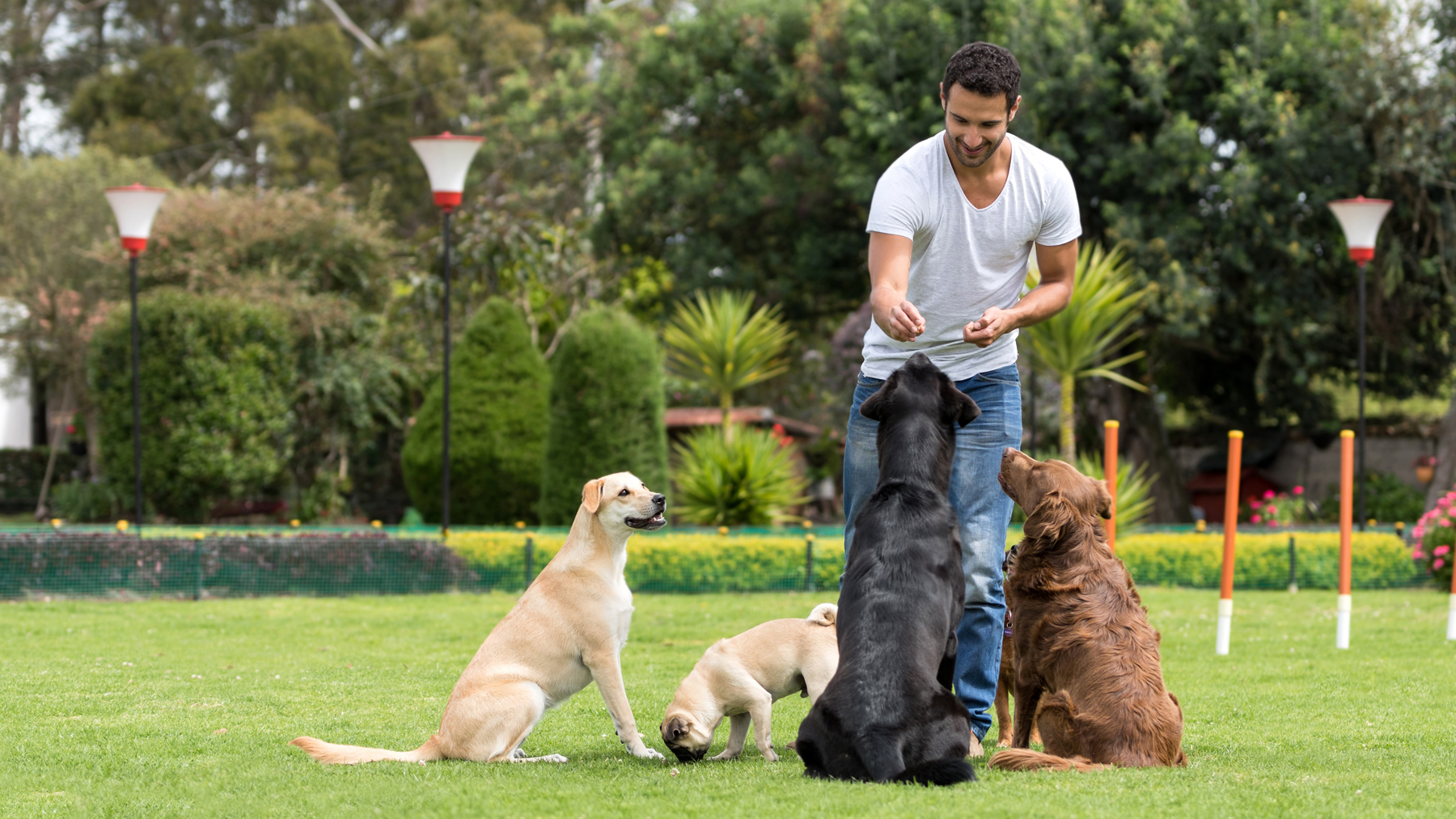
Just as we need to be consistent in our use of rewards for our dog’s good behavior, we also need to be consistent with what we’re asking them to do. If you switch between ‘here’, ‘come’, or ‘get back’, how is your dog meant to understand what you're asking from them? Choose a specific recall cue, such as your dog's name followed by "come" or a unique whistle, and consistently use it during training. This helps your dog associate the cue with coming to you.
8. Use a happy tone!
When it comes to training your dog, it’s not just what you say but HOW you say it. Dog-directed speech (like that squeaky voice you’d speak to a baby with) has been shown through studies, to be the most effective way to respond to our dogs. Speaking in a happy voice, just like fake smiling, can also have an impact on our own mood state - so your dog will be coming back to a happier human. If we shout at our dogs or use a lower tone, they are less likely to want to come close to us - something we want to avoid if we’re trying to get a better recall!
9. Long-lines can support your training
Recall training can take time - it may be weeks or months before you can start to trust your dog off the leash. This can make you feel like your dog isn’t getting the freedom or exercise they need to get the most of your walks. That’s where long-lines come in!
A 15ft long training leash will give your dog the space to be able to sniff and explore the world around them, at the same time keeping them safe and unable to run away. They give you the chance to stay connected physically with your dog, while you get the recall practice hours in. Just make sure you're familiar with the most common loose leash walking mistakes and how to avoid them before you start!
10. Start your walk with this simple game
Before you even step out of your home, start playing a simple game - the ‘Name Game’ to get your dog’s focus before your walk begins. Say your dog’s name, when they look at you say ‘yes’ or use your clicker, then throw a tasty treat to the floor. Once they’ve eaten the treat repeat this a few more times. This lets your dog know you’ve got yummy food with you and means their focus is on you before you’ve even left home. When you get to your off-leash area, play this game before and after un-clipping the leash.
For more fun games you can play with your pup that will help provide them with the mental and physical stimulation they need to thrive, check out these great brain games for dogs.
11. Gradually increase distance
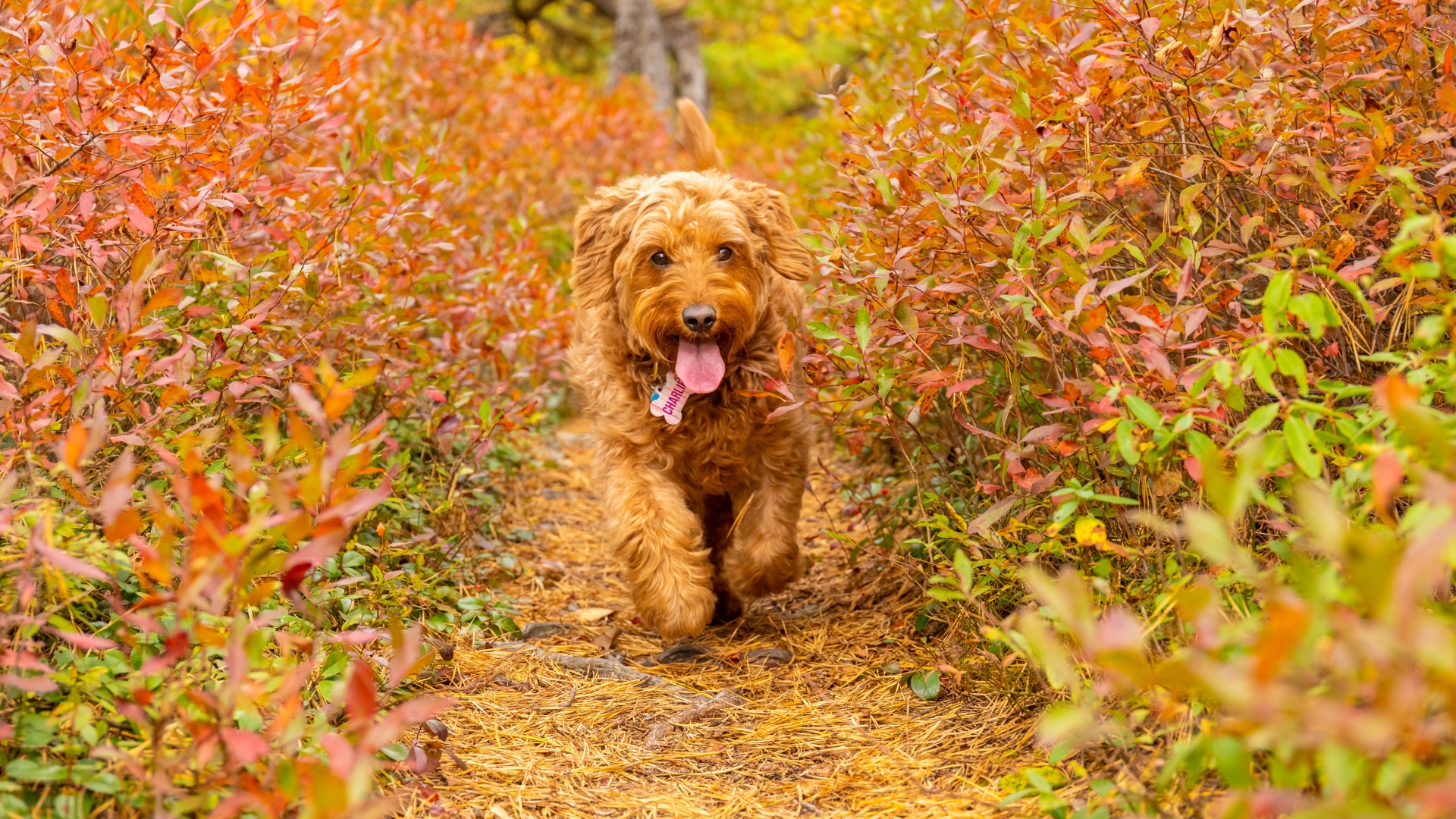
Start training with short distances and gradually increase the distance between you and your dog. This allows them to build confidence and reinforces the recall behavior over longer distances. Working as a team with friends and family members allows you to build up distance more quickly, as you can take it in turns to call the dog - taking a step further away from one another each time you do.
12. Train in different spaces
Once you feel pretty secure in your dog’s recall at home, in your backyard, and in quiet parks, it’s time to change location! Practice your dog’s recall in different environments - you can use different parks, beaches, forests, or even just a friends' yard. This helps your dog generalize the recall cue out to different places so they can come back to you wherever and whenever they are off the leash.
13. Know the dog in front of you!

When it comes to your dog’s breed or breed-mix, understanding what motivates them on an ancestral level can be game-changing when it comes to getting a better recall. Got a scent-hound? Stinky food and the chance to sniff is most likely to be their biggest rewards. Got a terrier? A squeaky ball might be a better fit.
But it’s not just the reward that can be changed based on breed, but the games you play together. For example, for a herding breed - an effective recall game can be sending them around an object, such as a park bench, before they return to you. While you’re still getting them back, they’ve had the chance to do some physical movement that’s also rewarding. Win, win.
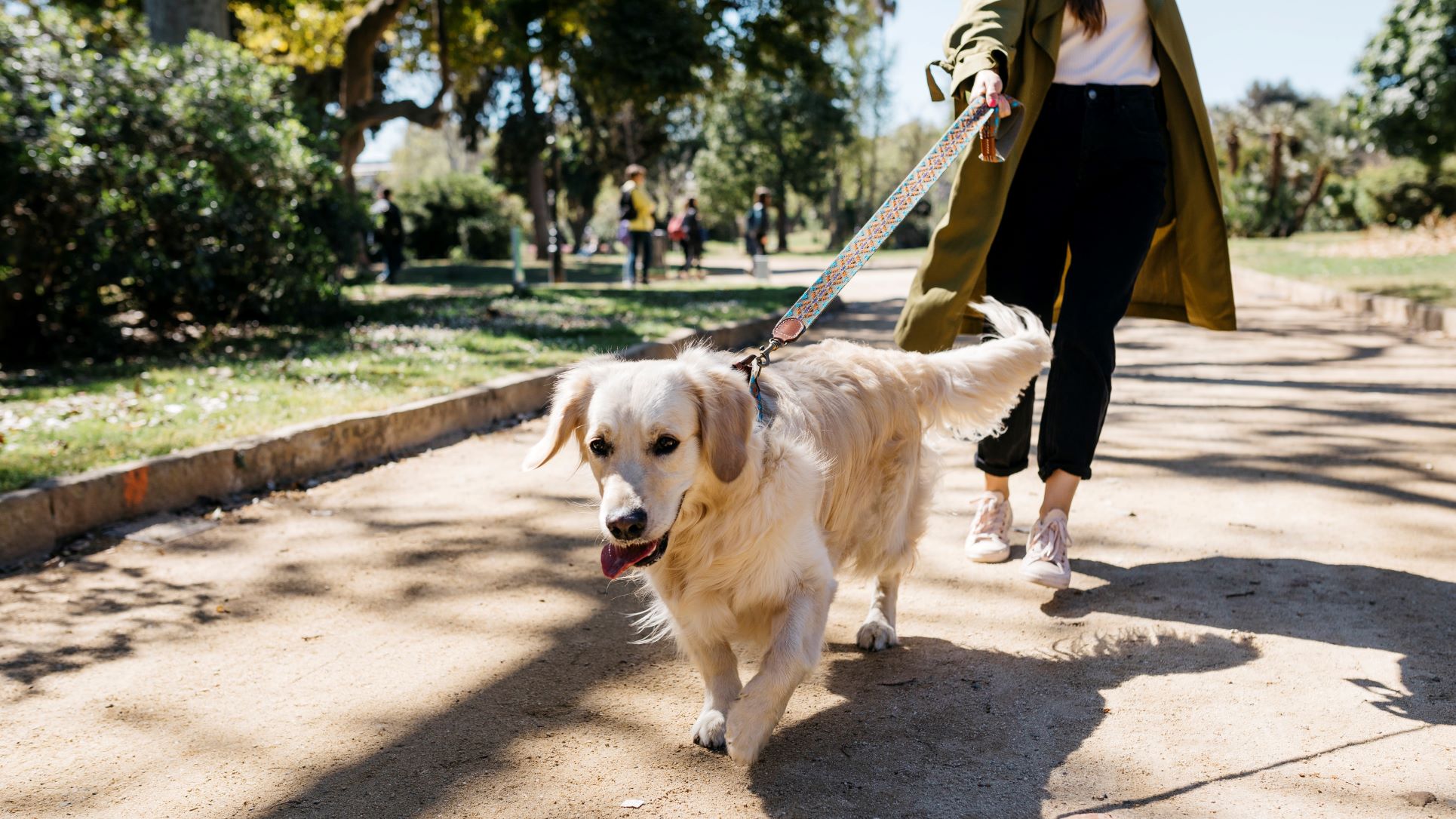
14. Play games
We don’t want to get too predictable when it comes to the ways we get our dogs back to us. Play any sort of games or ask for training exercises that encourage proximity. This could be playing hide and seek, asking for a hand target, or getting your dog to run through your legs. You can have all sorts of fun thinking of new ways to motivate your dog to want to hang out near you on walks.
Check out these great games for puppies or indoor games for dogs for inspiration on some fun games you can play with your fur friend.
15. Never recall for something bad
If you need to do something with your dog that they’re not going to enjoy, don’t use your recall cue before it. It might be you want your dog back in from the yard before you bathe them. Or you call them from another room to put eardrops in. It might even be the final recall on a walk before getting back into your car, if they don’t like to travel. In these situations, go and get your dog or just toss freebie-treats on the floor to get them close to you. Don’t poison your recall cue with a negative outcome. Keep it rewarding!
Remember, improving a dog's recall takes time and patience. Be persistent, celebrate small successes, and gradually build up to more challenging scenarios.
Read next: My dog kept bolting – here’s how I rebuilt her recall skills with the help of a trainer.

Caroline Wilkinson is a Certified Animal Behaviourist. She is a Full (assessed) Member of the APDT and INTODogs – as well as a Registered Training Instructor (ABTC). Caroline is also a Certified Real Dog Yoga Practitioner and an Applied Canine Zoopharmacognosist.

Caroline Wilkinson is a Certified Animal Behaviorist. She is a Full (assessed) Member of the Association of Professional Dog Trainersand INTODogs – as well as a Registered Training Instructor (ABTC). Caroline is also a Certified Real Dog Yoga Practitioner and an Applied Canine Zoopharmacognosist.
As the founder of digital pet coaching service Barket Place, Caroline has a passion for improving connections between human and hound, with a focus on relationships and reduction of stress for canines living in a human world. She helps pet parents, like you, to work through challenges they may be experiencing with their dog's behavior, so that they can get back to the important job of loving their dog.
Caroline writes for Edition Dog Magazine, as well as a number of trusted pet brands. She also speaks around the country – presenting workshops and webinars with a focus on living more mindfully alongside our canine companions. She is also the co-host of chart-topping podcast, ‘Supporting Both Ends of the Lead’ and has spoken about dangerous dogs on BBC Points West and BBC Radio Bristol.
